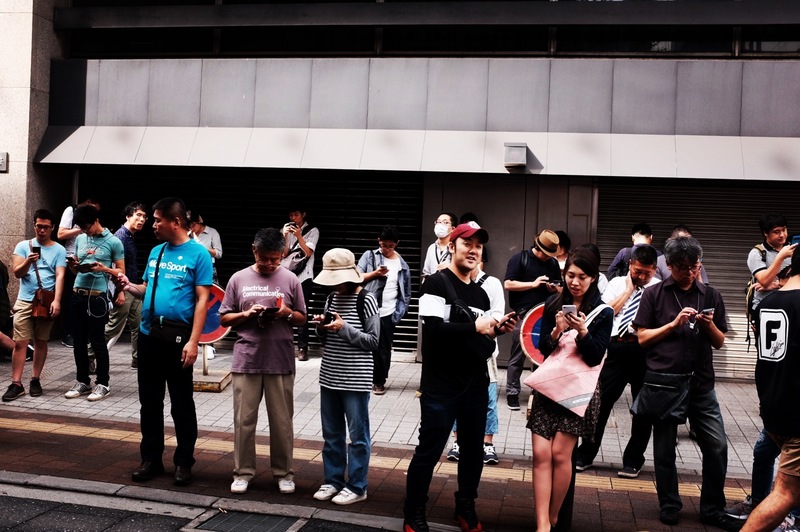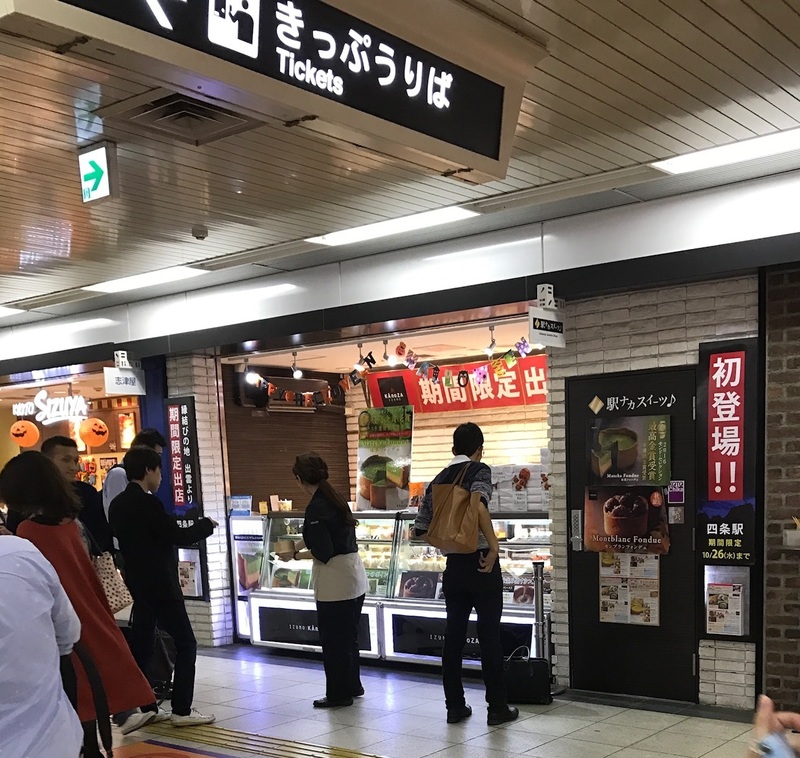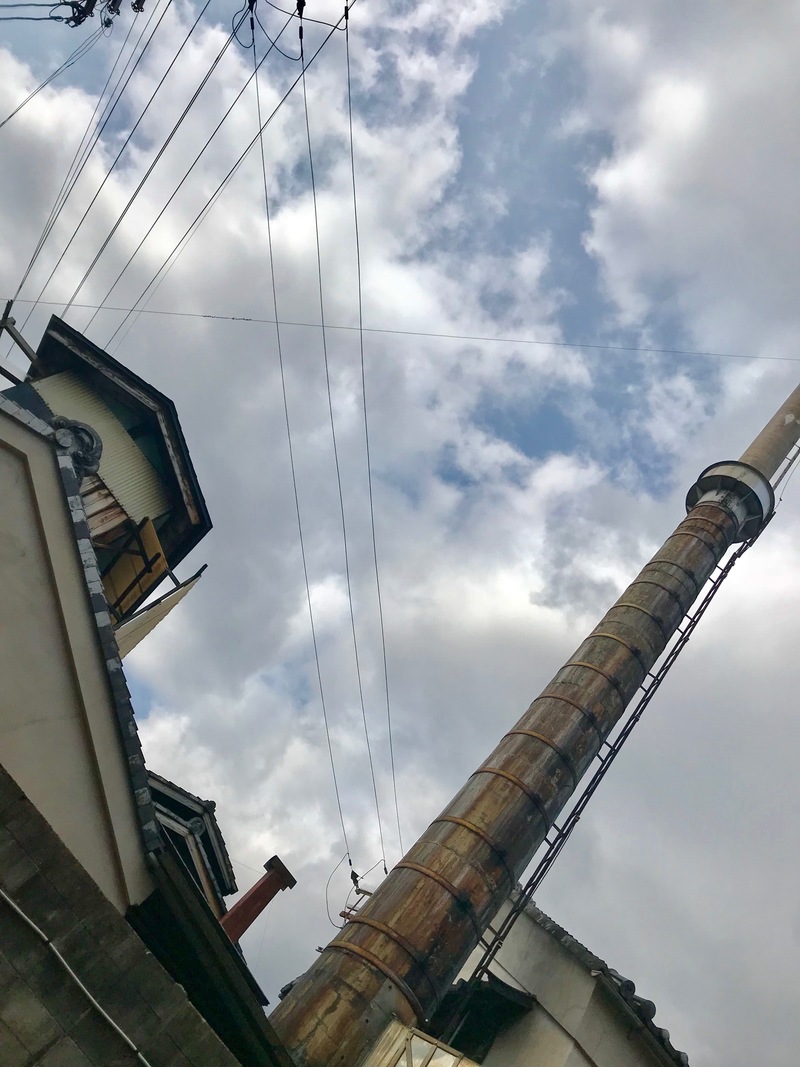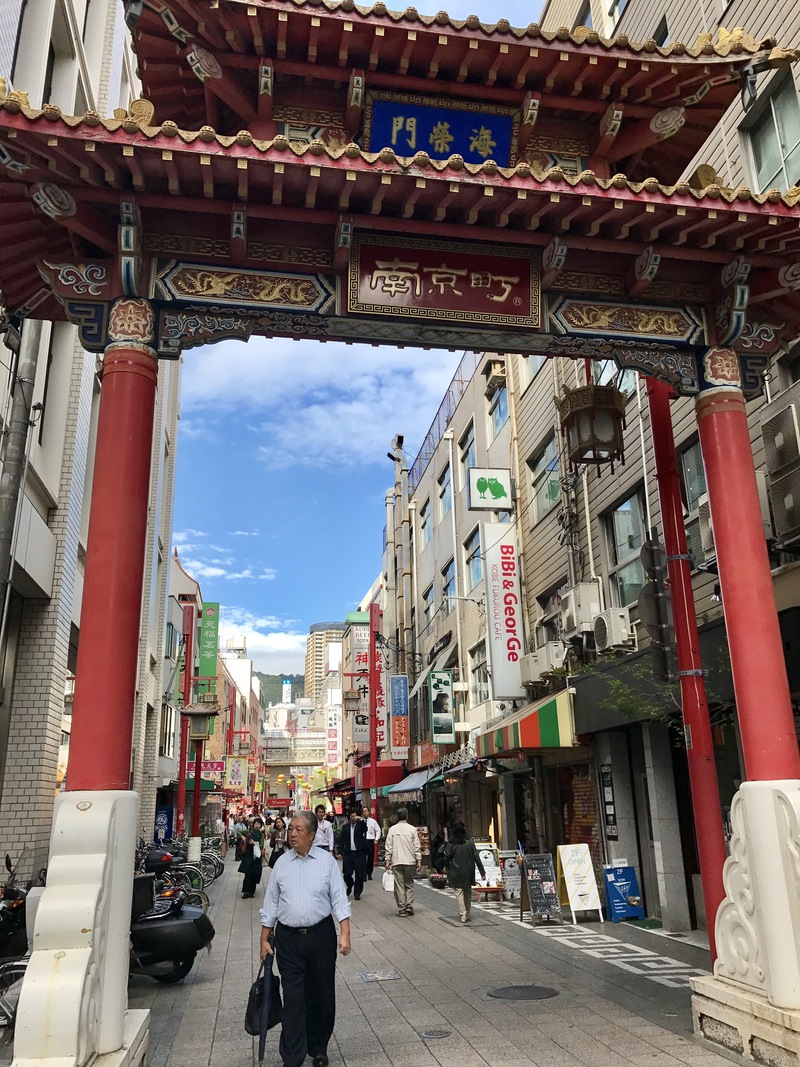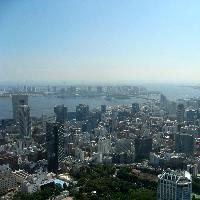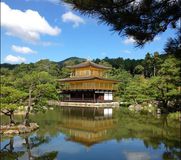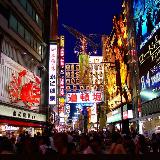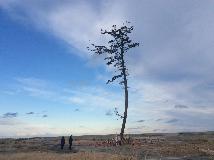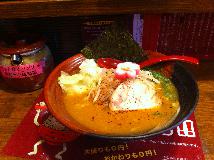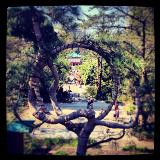In my recent article ‘Irasshai! Sonic Practice as Commercial Enterprise in Urban Japan’ (Journal of Musicological Research, link here, I observe that recorded versions of yobikomi (calling in customers) are increasing, likely due to cost cutting measure – it’s cheaper to record the company jingle and play it on small speaker than it is to hire a person to sing the jingle or call out the products on sale day in and day out. I also noted instances of yobikomi that consisted of silent staff holding visual cues. You can imagine my delight when I stumbled upon a live and sonically rich performance of yobikomi in a shopping area associated with a subway station in downtown Kyoto.
This recording not only shows the practice is still current, but this particular example highlighted a temporal aspect of yobikomi that I had not previously considered as important. This recording was made at 9:22 pm. Many shops in subway and train stations stay open during and well after the traditional rush hour in the evening to capture the business of commuters on their way home, but by 9 pm many shops were starting to close down. This bakery was selling interesting ‘fusion’ style desserts: matcha-flavoured mascarpone cheese tarts. With highly perishable goods still in stock, the staff had cut their prices for quick sale before they closed up for the evening. I had passed this shop earlier in the day during my trip but it was only in the evening that I heard the staff performing a vigorous yobikomi. The late time of the day, combined with the vanishing freshness of the cakes, called for an audible yobikomi that seemed particularly driven by the moment in time, and the details of the product. Despite the trendy combination of flavours for sale, the shop relied on ‘traditional’ modes of salesmanship that are pervasive in ‘traditional’ markets such as the fresh seafood marketplace Tsukiji in Tokyo. Perhaps the ‘traditional’ practice of yobikomi is just as much about the pressure of time – as in the time to closure, or the time to the best-before date – than it is about ‘traditional’ modes of behavior and deference to historical custom.
